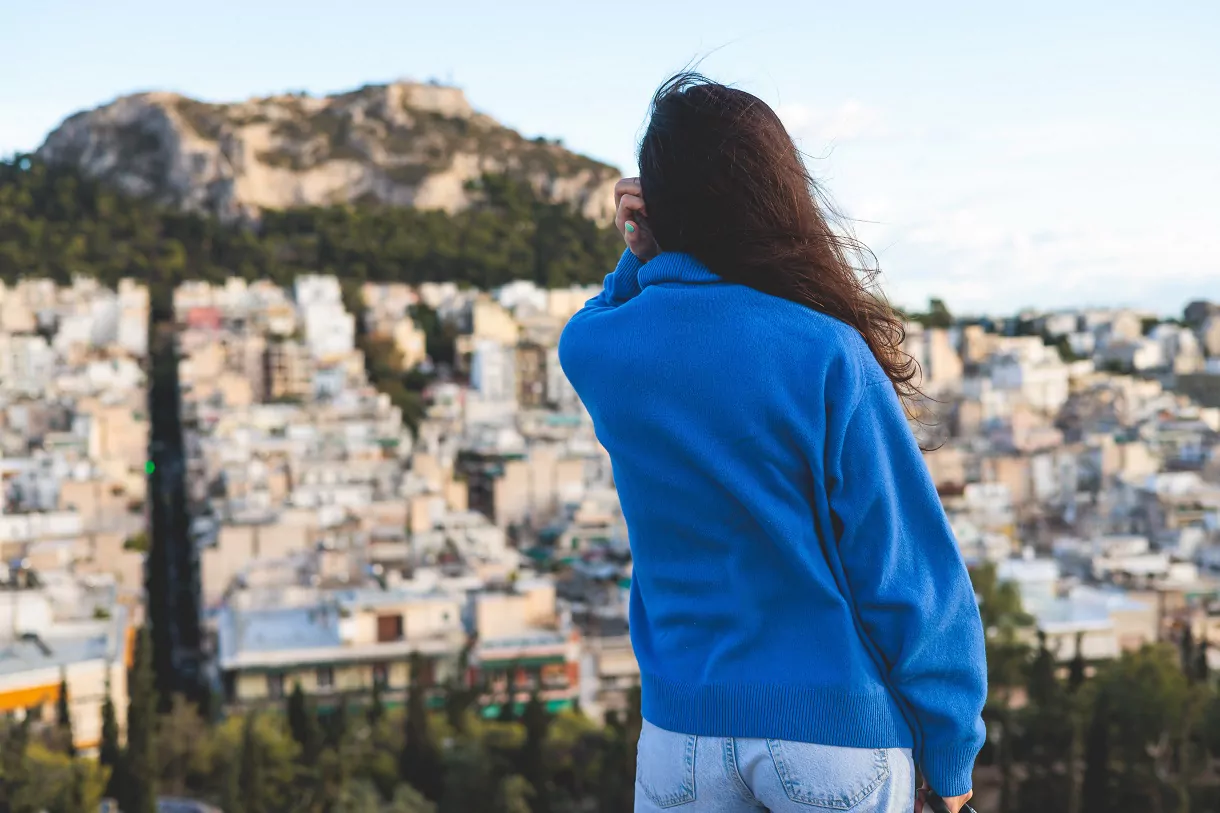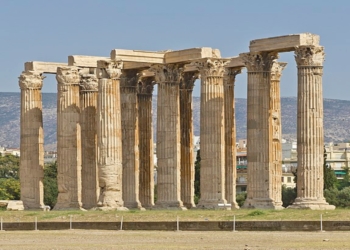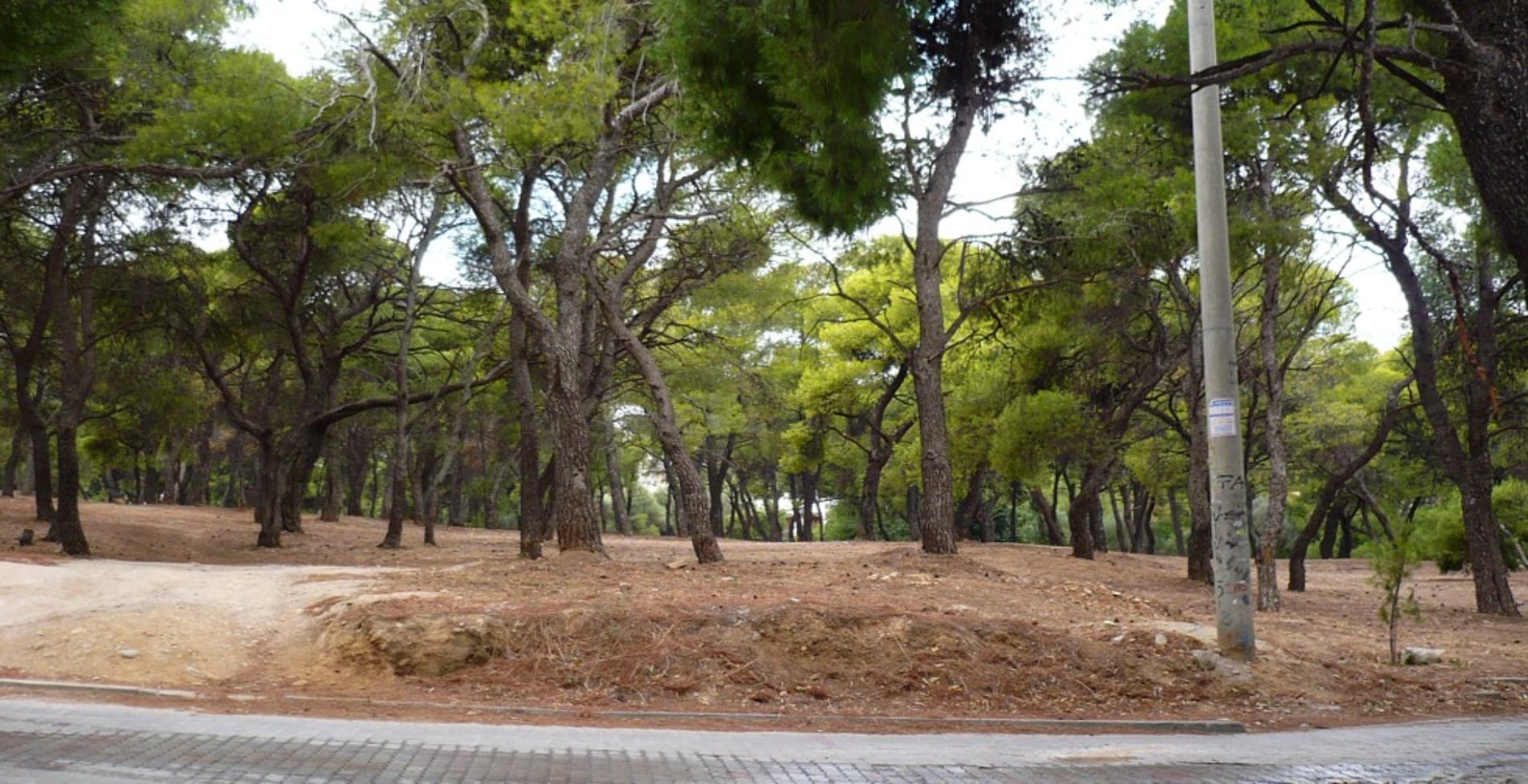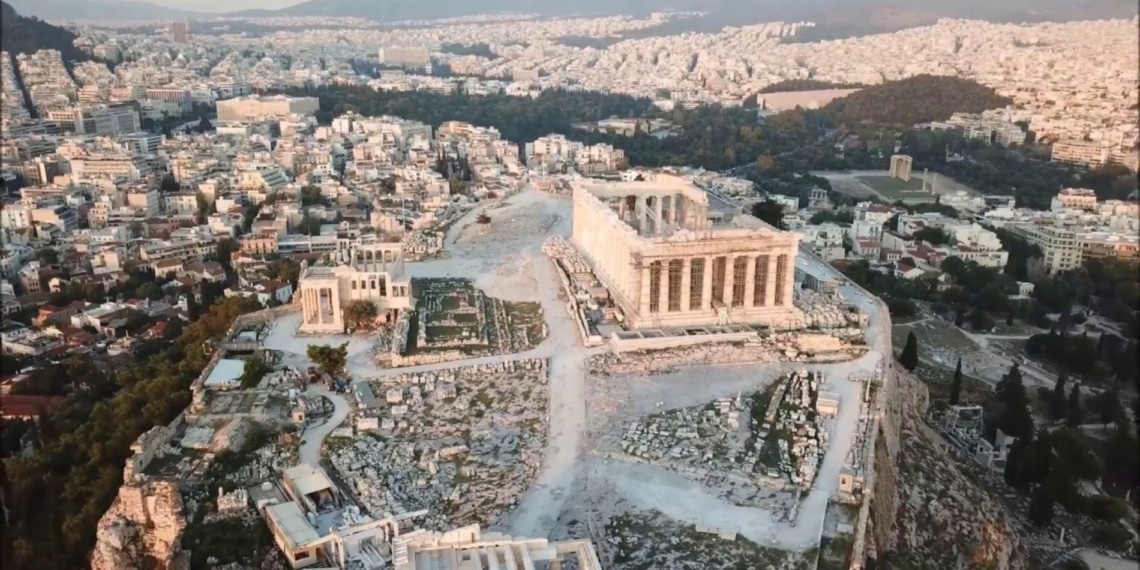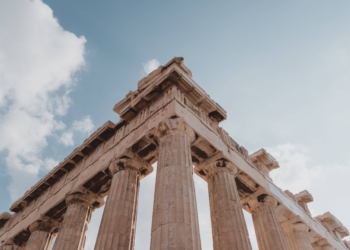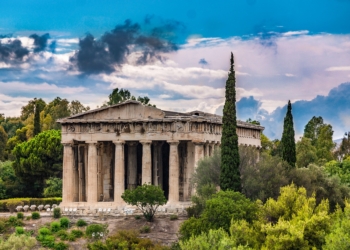What is life like in Exarchia, the “independent kingdom” of Athens? An area wronged by the characterization “inaccessible”, tries to maintain its strong identity, a trademark since it was “born”. At the foot of Lycabettus Hill and Kolonaki, Exarchia is one of the oldest, once middle-class, and certainly most interesting areas of Athens. All the architectural movements that passed through the “body” of Athens will be seen gathered here.
Athens: The region that has been placed on the list of the coolest cities on the planet
Exarchia: The map of the area
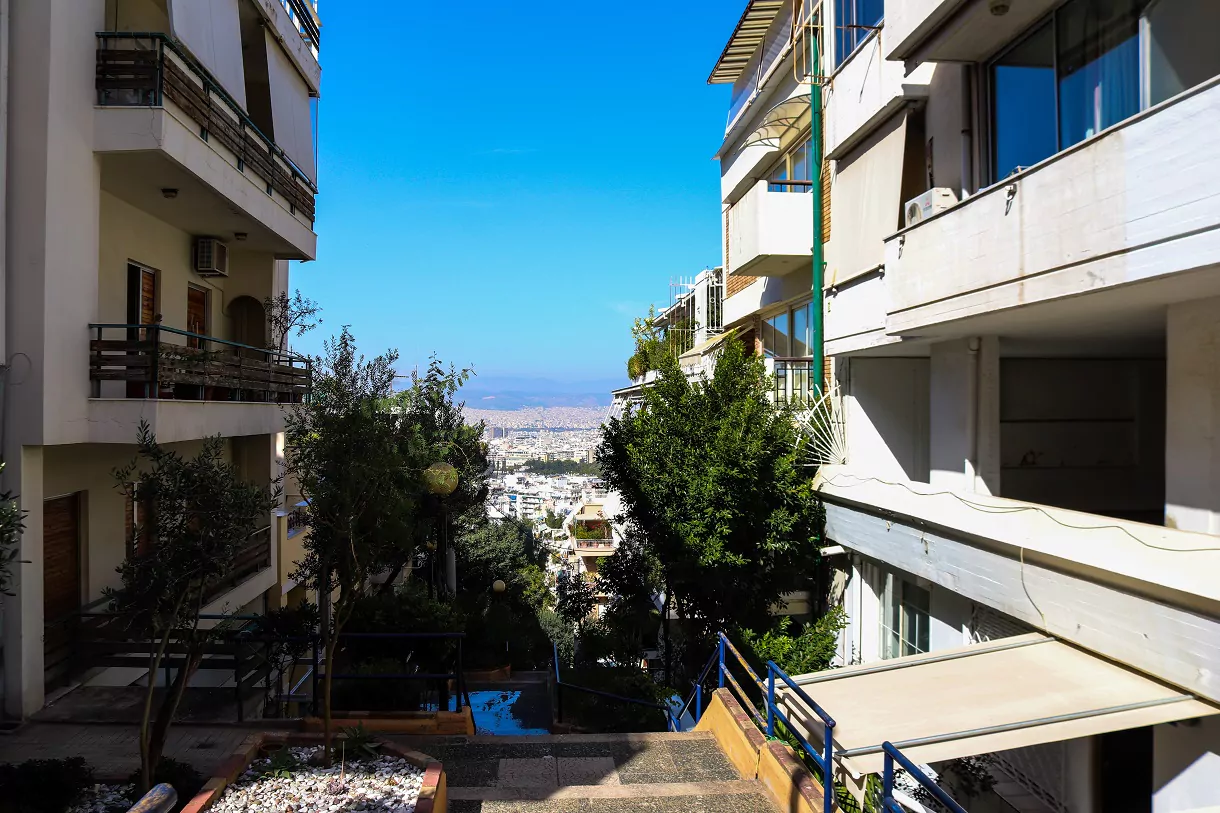
The area of Exarchia starts from Panepistimiou Street and ends at Alexandras Avenue. Exarchia is located west of the district of Neapoli, with Charilaou Trikoupi Street being the main border. The last stronghold, before Neapoli starts, is Kallidromiou. Solonos and Botassi separate Exarchia from the area of Kanigos Square.
As for their name, it came in the early 20th century from Vasilis Exarchos, a merchant from Konitsa of Epirus, who in the early 1880s ran a grocery store at the junction of Themistokleous & Solomou streets. Then his shops grew – tobacconist, cook, bakery.
Today, every corner of the neighborhood has an important story of the modern Greek nation to tell. Such as the establishment of EAM (National Liberation Front was an alliance of various political parties and organizations that fought to liberate Greece from Axis Occupation), “in a small house at the end of Mavromichali Str or, according to others, Ippokratous Str” on 27/9/1941. Everyday life in Exarchia is identified with all the above and with what follows.
Cultural and recreational areas

For more than a century, the legendary district has been surrounded by important cultural sites such as the Archaeological Museum, the Athens Cultural Center, the Philippos Nakas Conservatory-School, and equally important educational institutions: the Law School, the National Technical University of Athens, the French Institute, the German Institute, the French School of Archaeology, the Hellenic American Union, the National Library and the Trilogy.
And culture continues to be expressed, through the largest publishing houses and modern Greek bookstores (publications: Patakis, Metaichmio, Kedros, Politeia bookstore, Protoporia bookstore, etc.) but also through the highly “persistent” stores that continue to sell retro, rare vinyl records, as well as retro-rare-second-hand books.
And at the same time, next to them coexist, the most special, alternative, “creative” bars, cafes, and restaurants, small and large, spread like a ribbon on the streets of Zoodochou Pigi, Charilaou Trikoupi, Mavromichali, Ippokratous Str, and Asklipiou Str. – the main arteries that “donate” Exarchia.
Back in time with Athens’ horse-drawn trams
Exarcheia: a Flashback of history
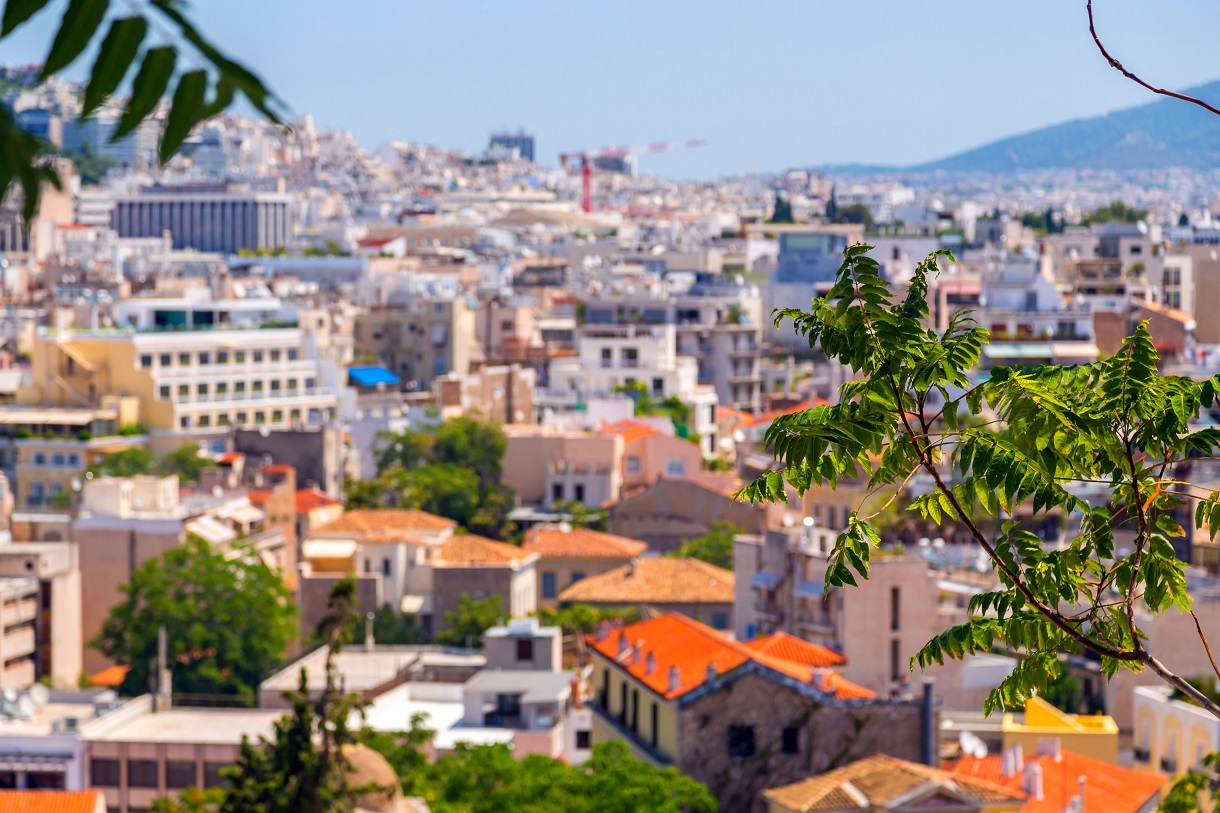
The first inhabitants were workers from the Cyclades. The neighborhood, in 1865, was included in the city plan. In the Government Gazette, the area entered (no.80, Issue D) on 04/02/1988 as District 5, of the 1st district of the Municipality of Athens, under the name “Museum – Exarchia – Neapoli” Almost a century back, the establishment of the first Greek university faculties such as Law (1880), the Technical University (1873) and the Chemical Laboratory (1890), gave the basic character of the area, making it at the same time a pole of attraction for students. artists and intellectuals (Ilias Venezis, Nikolaos Gyzis, Kostas Karyotakis, Napoleon Lapathiotis, Stratis Myrivilis, Kostis Palamas, Georgios Souris, Giannoulis Chalepas, etc.)
In an attic at 30 Methonis Street, young Yannis Ritsos wrote one of his best-known poems, the “Epitaph”, in 1936. During the years of occupation, there was a Greek spy in the area, Augustina, who acted under the pseudonym “Rosalia” (later she gave her name to the landmark tavern of the area). He was arrested in 1943 and sentenced to death for treating and hiding British spies and Greek resistance fighters.
But there are also dark moments. During the junta, hundreds of dissidents, such as Andreas Lentakis and Mikis Theodorakis, were tortured at the Logothetopoulos Mansion (18 Bouboulinas Street) and more specifically in the laundry room on the rooftop. The song “The Slaughterhouse”, by the latter, describes this very building and what was happening inside it. In 1970 it was demolished, giving way to a modern apartment building.
Political events have been dense for at least three decades. In November 1985, the murder of 15-year-old Michalis Kaltezas by a riot police officer provoked widespread incidents, resulting in the occupation of the Chemical Laboratory, which ended with the lifting of asylum for the first time. In December 2008, the murder of another 15-year-old, Alexandros Grigoropoulos, by police bullets on Messolonghi Street, sparked a mass uprising that started in Exarchia and spread throughout the country.
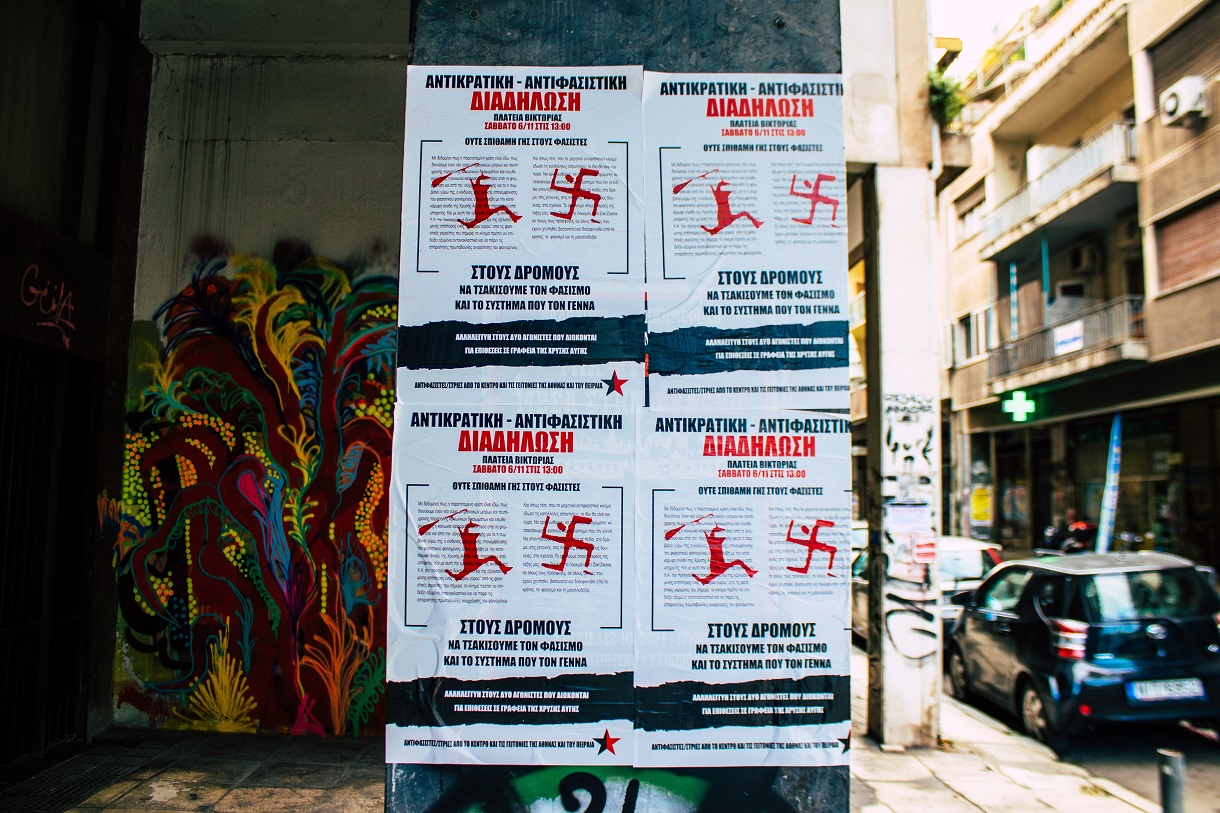
The highly politicized identity of the area, however, came after the occupation of the Law School, the uprising of the Polytechnic, and the events of November 17, 1973. Since then, Exarchia has become the symbol of the uprising for anarchist and leftist groups. In recent years, this identity has declined and given way to an increasingly touristic neighborhood, with a very lively market and expensive properties, the prices of which are constantly rising, with the neighborhood now considered a “fillet” and gentrification creating a character again in the area.
The trademark of the central square, although it has now lost its color, is the legendary six-story interwar Blue Apartment Building, a representative sample of modernism. It was built in 1933 on the site of the café of Stavropierrakos for the businessman Kostis Antonopoulos, designed by Kyriakoulis Panagiotakos. For decades, cobalt-blue on exterior surfaces – chosen by painter Spyros Papaloukas, who had participated in the decoration of the apartment building – ideally adorned the square.
During World War II, the apartment building was converted into a counter-espionage center and housed the resistance organization “Midas 614”. In Dekemvriana it was in danger of being blown up three times by ELAS fighters. Dekemvriana was generally a landmark period for Exarchia, as the area was severely tested. One section was controlled by Elasites who were fortified on the hill of Strefi and the surrounding buildings, and another by government officials in the Chemical Laboratory and Kolonaki. There were several clashes, while for a while in Blue Polykatikia, the Elasites had installed a machine gun.
Over time, however, in the Blue Apartment Building, people of politics, letters, and art stayed – Renos Apostolidis, Sofia Vembo, Freddy Germanos, Leonidas Kyrkos, Alexis Minotis, Katina Paxinou, Mimis Traiforos, Dimitris Horn and others. a.
Athens: Iconic Structures that Enhance the City’s Beauty
Life in Exarchia: 5+1 stops to make
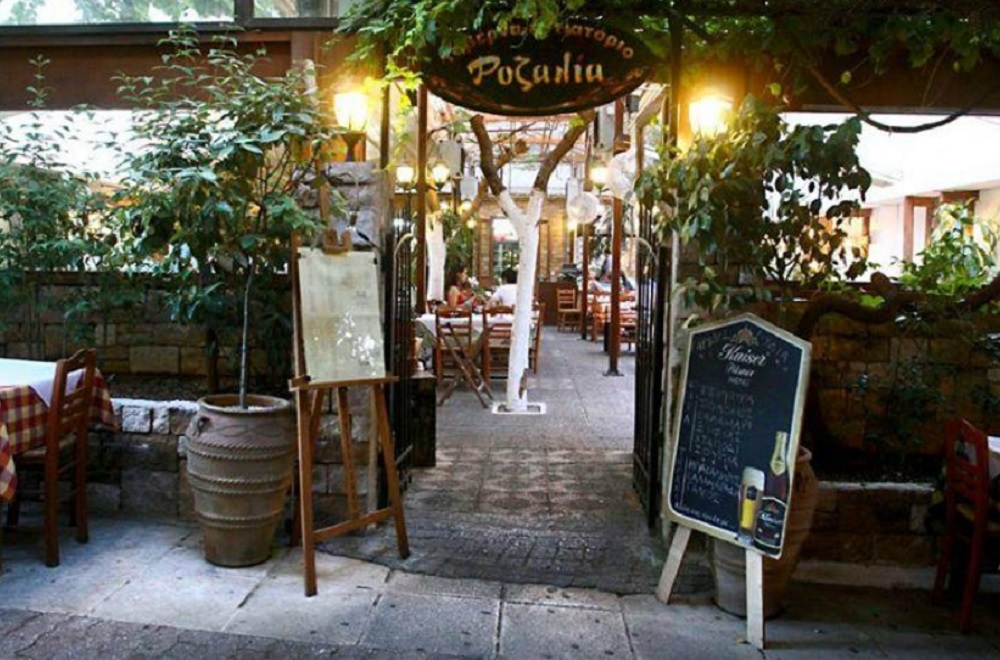
1. Rosalia. Historic tavern located on the pedestrian street of Valtetsi, just a turn from Emmanuel Benaki. Idyllic environment, with a courtyard, in the city center, “lined” with olive trees, mulberry trees, and vegetable gardens. The tavern has been at its post since 1978. Tavern food is tasty and honest.
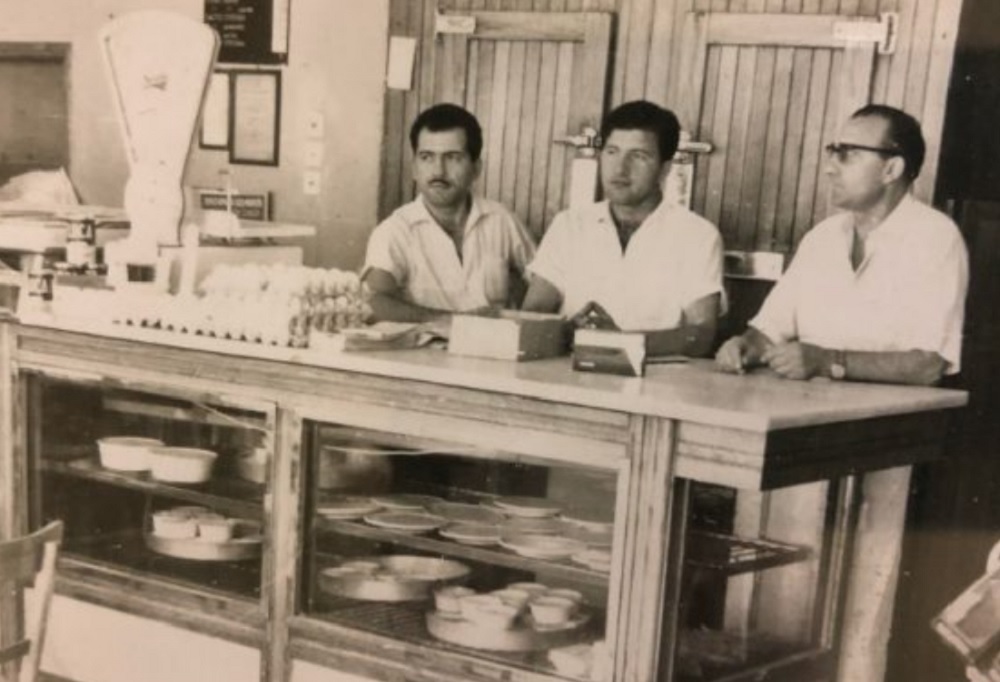
2. Asimakopoulos Patisserie. The oldest patisserie in Athens (started in 1915) and continues to live glorious moments on Charilaou Trikoupi Street. The basic ingredient of all sweets, is fresh milk and local sweets that insist on traditional recipes and impeccable execution. Every Sunday, the queue is so long that it goes out into the street.
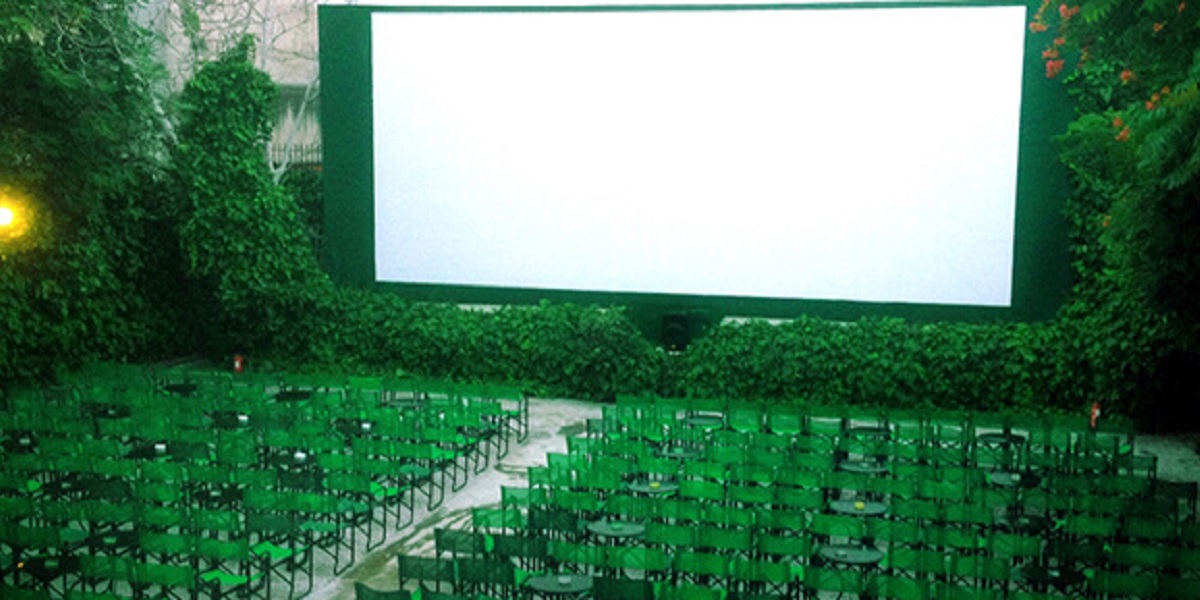
3. Ekran Cinema. “Summer will come. On the roof of Vox, Melina will play Stella. I will give you a date on the steps of Ekran, to look at Manyani gro-shot nailed with ten shuttles at night.” Ekran, which found a place in the lyrics of Lina Nikolakopoulou in 1982, began its operation in the first years of the transition to democracy and experienced great glories under the management of Vasilis Katrivanos. It has always been an open-air cinema for sworn cinephiles, with great sensitivity to the social and political dimensions of his film choices. In 1997 it was characterized as a preserved open-air cinema and continues its course unhindered until today, offering life to Exarchia.

4. Politeia Bookstore. One of the most beloved Athenian bookstores, Politeia on Asklipiou Street, with its emblematic basement being a hangout for book lovers in Athens and one of the largest businesses operating in the field of books, is a place of worship for all Athenian bibliophiles. The prices are extremely economical, the variety is great and the employees know everything!
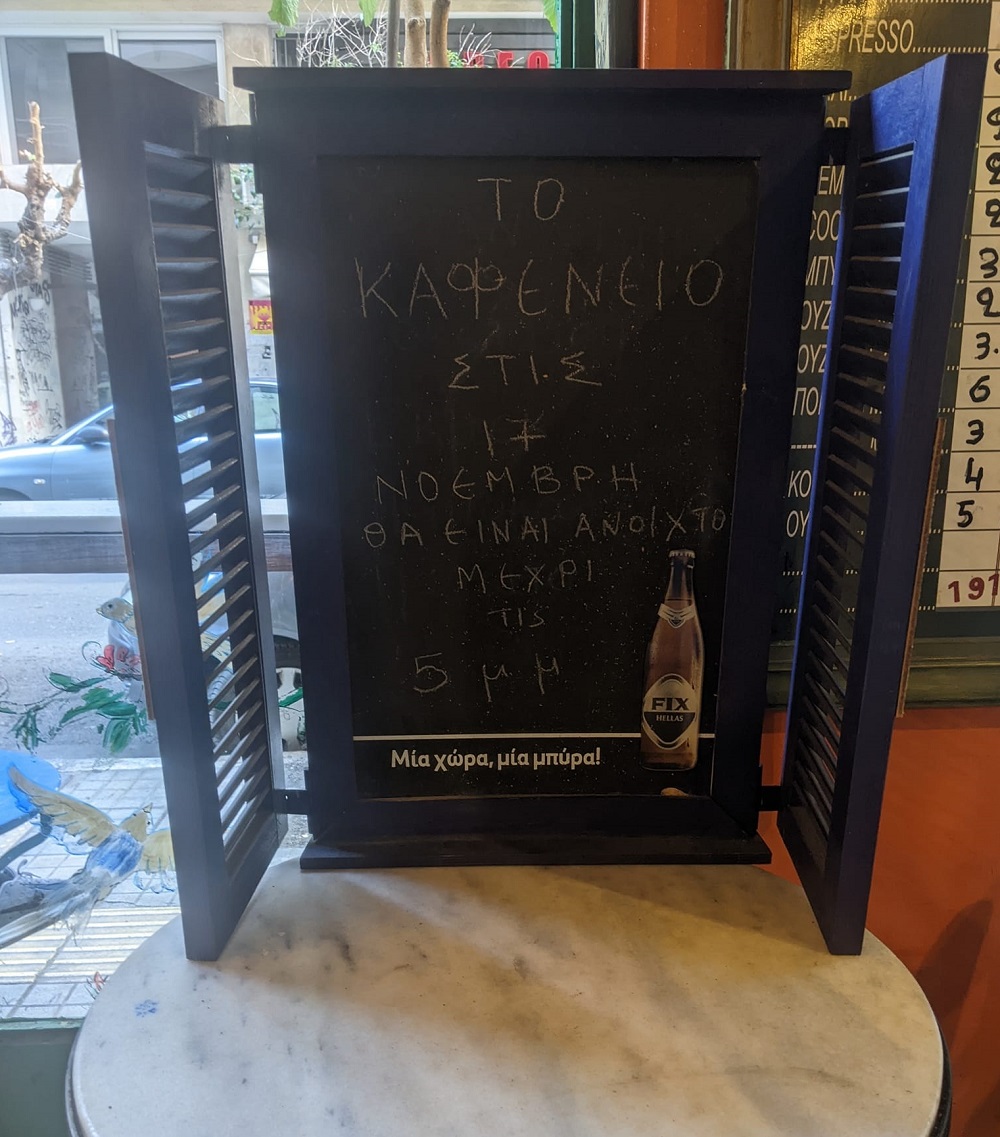
5. Kafenio O Mouria. Charilaou Trikoupi and Kallidromiou corner, at the top of Exarcheia, live great moments of glory every Saturday when the “long-drawn” folk of Kallidromiou operate. The perennial mulberry tree of Exarchia opened in 1915 and took its name from the tree with wide foliage that made dense shade on the side of Charilaou Trikoupi. At one time, the well that supplied water to the inhabitants of the area was located at this point. Since then, it has offered the most delicious Greek coffee in Exarchia, as well as tsipouro and ouzo with easy meze dishes, which range from boiled egg and stuffed vine leaves to gruyere, cucumber, salami, and cherry tomatoes.

6. Laiki in Kallidromiou. Every Saturday a special celebration is held in Exarchia. Where; In the popular street of Kallidromiou. That’s where it grows. For years now, a different universe. Colors, smells, and voices on the stalls of the popular market. A walk worth taking, even if you don’t have to shop. His next stop will be at one of the traditional cafes, enjoying appetizers. Because life in Exarchia offers you something that you will not find in the whole of Athens.
Travel to Greece – Google News – Follow us
Is Athens an ugly or a beautiful city?
Kolonaki: Tracing the History of Athens’ Aristocratic District


